Salmon Chanted Hors D’oeuvres — Made with Homemade Alaskan Sockeye Gravlax
Some culinary adventures are like real-life adventures: a thrill tinged with a bit of terror. And when they’re wildly successful, they’re worth repeating.
I remember the first time we purchased mountain bikes and headed to Colorado for a summertime vacation. This was when we lived in Fort Worth, Texas. During that time of year, the ski trails on many mountains are converted to trails for mountain bikers. As we watched them load our bikes on the side of our gondola for the ride up Aspen Mountain, I remember feeling thrilled at the scenery and the idea of riding our bikes down the mountain. As we slowly gained altitude up the hip and then shoulder of the mountain, I remember that feeling’s turning into terror. O my God, what have we gotten ourselves into? I remember thinking as I looked down what seemed like a great distance from the gondola to the mountain and noticed bikers careening down the mountain at what seemed like great speeds. Questions started popping into my mind. What if I chicken out? How will I get back down the mountain? What if my brakes fail? What if my front wheel falls off? What if I plunge headfirst off my bicycle down a chasm to be eaten by waiting bears? Will I break any bones?
Those questions were still popping into my head as we got off the gondola and an attendant unloaded our bikes for us, saying to me as I walked away, “Have a great ride, dude.” Thank goodness, we had the sense to choose the easy trail back down the mountain instead of the black diamond trail. Yes, it was thrilling being able to ride fast down the mountainside. No, my brakes did not fail. No, my front wheel did not fall off. No, I did not plunge headfirst off my bicycle down a chasm to be eaten by waiting bears. And thank goodness, no bones were broken during this exhilarating experience. But my knees were still trembling as I got off the bike at the bottom of the mountain, and my palms and the tops of my hands were sore from gripping my brakes hard periodically. Did we do it again? You betcha — a year later when we summered in Vail.
That first summer was when I decided that whatever adventure I wanted to have in life, I’d better make a list and work at experiencing it before I found myself at an age where I was not able to experience the adventure and then wishing in my old age that I had done this or that and finding myself full of regrets. It’s this attitude that’s led me to whitewater rafting down the Colorado River, going fishing for salmon in the Pacific Ocean, scaling giant rocks along jetties to find a precarious perch to fish from, taking flying lessons. Still on the list: learning to kayak and then ocean fishing from a kayak, flying in a glider, going up in a hot-air balloon, sky diving, downhill skiing. To me they all have one thing in common: a thrill tinged with terror. Maybe it’s the thing we all do to make us feel alive.
One of last year’s culinary adventures — making homemade gravlax — gave me the same feeling. Reading and researching the process made it sound simple enough: Pack salmon fillets with an equal amount of salt and sugar mixed with herbs, wrap tightly in plastic and foil and weight it down for a few days, then rinse, slice and enjoy. It was thrilling to make homemade gravlax, but there was a tinge of terror in it too. What if the salmon doesn’t cure? What if I poison myself and my whole family? Will we have to go to the hospital? Well, the salmon cured beautifully. Nobody got poisoned. We didn’t have to go to the hospital. And my family asked me when I was going to be making it again.
Never mind that I was looking for an excuse to write about making gravlax again because the first time I wrote about it my photos turned out horribly bad. So when I spotted Alaska sockeye salmon on sale at Fred Meyer for $2.99 a pound, Charles looked at me and proclaimed: It’s time for you to make gravlax again.
Sockeye Gravlax
- 1 cup (240 ml.) sugar
- 1 cup (240 ml.) salt
- 1 bunch of dill, chopped
- The zest from 1 orange, in long strips—do your best to avoid zesting the pithy white part and get only the colored part of the skin
- The zest from 1 lemon, in long strips
- The zest from 1 grapefruit, in long strips
- 1 tablespoon (15 ml.) ground black pepper
- 4 tablespoons or ¼ cup (60 ml.) vodka
- 2 sockeye salmon fillets
- On your butcher block or counter, spread a large piece of plastic wrap, enough to fold over your salmon fillets so you can completely wrap them.
- Place the salmon fillets beside each other skin-side down, so that they touch each other lengthwise and the pink flesh is up.
- In a bowl, mix together the salt, sugar and ground pepper.
- Sprinkle this mixture on the flesh of both fillets, reserving about a half a cup. Don’t be afraid that you might be using too much. Basically you want to completely cake the fillets with the salt and sugar.
- Sprinkle the vodka over the fillets.
- Evenly spread half of the orange, grapefruit and lemon zest over the flesh of both fillets.
- Evenly spread the chopped dill on both fillets.
- Sprinkle some more salt and sugar mixture over the herbs.
- With one quick motion, turn one of the salmon fillets on top of the other so that the flesh sides are together and a skin side now faces you.
- Rub half of the what’s left of the salt and sugar mixture on the skin of the fillet facing you and place some orange, lemon and grapefruit zest. Pull over some of the plastic wrap to hold the fish and herbs and salt/sugar mixture. Grasp both fillets, holding them sandwiched together, flip them over and rub the remainder of the salt and sugar mixture on the skin of the other fillet and place remaining orange, lemon and grapefruit zest.
- Completely wrap the fillets in the plastic wrap.
- Use heavy-duty aluminum foil to wrap the fillets again.
- Put the wrapped fillets in a large rectangular Pyrex dish, place a smaller rectangular Pyrex dish on top of the fillets and put it in the fridge. Fill the top dish with something heavy to weigh it down on the salmon fillets…in my case it was a 12-pack of soda water, but you get the idea…milk jugs, water jugs, anything heavy.
- Once a day, remove the weight, flip the fillets over and replace the weight. If any juice drains into the bottom of the big dish, pour it out.
- In five days the salmon will be cured and you can gently unwrap the foil and plastic wrap and separate the two fillets. You’ll find that the salt and sugar have been completely absorbed, leaving the zests and dill.
- Remove the zests and rinse the fillets in cold water. Pat dry with paper towel. Don’t be afraid to leave some of the dill on the flesh of the salmon.
- With a very sharp flat blade, cut the flesh into very thin slices against the grain and lay the sliced pieces in a large platter. If you run out of space, spread a piece of plastic wrap on top of the first layer and create another layer. Cover the entire thing with another piece of plastic wrap and keep refrigerated until you’re ready to serve.
Sprinkle each salmon fillet with the salt, sugar and pepper mixture and then sprinkle fillets with vodka.
Add lemon, orange and grapefruit zest, chopped dill and then sprinkle with more of the salt/sugar mixture.
Turn the fillets so that the flesh sides face each other, then sprinkle more salt/sugar mixture on the skin side and place some more citrus zest. Fold some of the plastic wrap over to hold in place, grab both fillets and flip over, and add citrus zest and the remainder of the salt/sugar mixture to the other side.
Weigh down with a smaller Pyrex dish on top and fill this dish with soda cans, milk jugs — whatever you have that's heavy — and refrigerate for five days.
After slicing through the flesh, slide it away from the skin of the fish so that there is no skin on each slice.
Arrange slices in a rectangular plate, cover with plastic wrap and store in refrigerator until ready to use.
Sockeye Gravlax Hors D’œuvres
- Slices of gravlax
- Slices of peeled cucumber and round crackers
- Cream cheese
- Garlic seasoning to taste
- Finely sliced chives
- Capers for garnish
- In a bowl, mix together cream cheese, garlic seasoning to taste, chives.
- Spread the cream cheese mixture on cucumber slices and crackers.
- Top each with a piece of gravlax and garnish with a caper.
Enjoy!
— Vic
Category: Appetizers, Seafood
About the Author (Author Profile)
Victor Panichkul is a journalist and writer by training; a cook, wine lover and photographer by passion; and a lover of the outdoors since moving to Oregon more than 6 years ago. He is a native of Bangkok, Thailand.








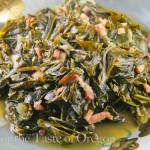
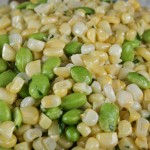
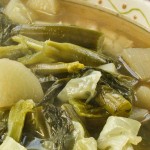



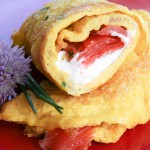



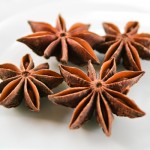



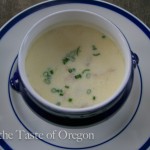
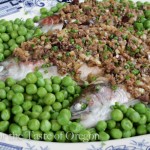
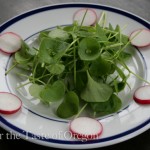





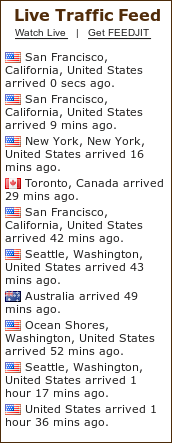






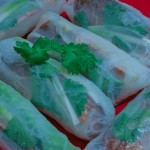
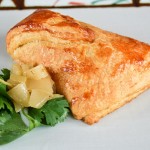
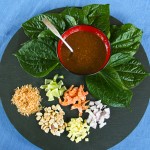
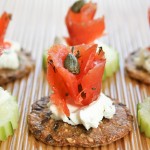
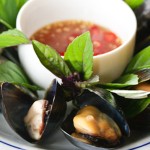

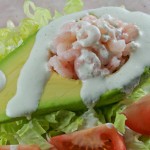
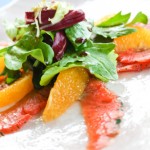

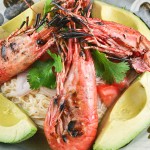



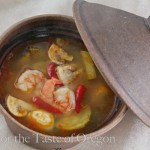
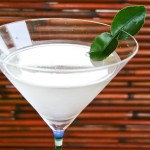
Wow!!! I must try making this soon!!! Your pictures are superb!!! Thanks so much for posting!
I LOVE salmon- that looks delish! My absolute favorite salmon dish is linguine with smoked salmon. It’s definitely not healthy, but it tastes amazing!